Over The Water, Circus, And Sea Lions
Sea World has many rides so we sent the boys to the high speed rides and the old folks rode the buckets and saw the circus!
Eek! Sharks!

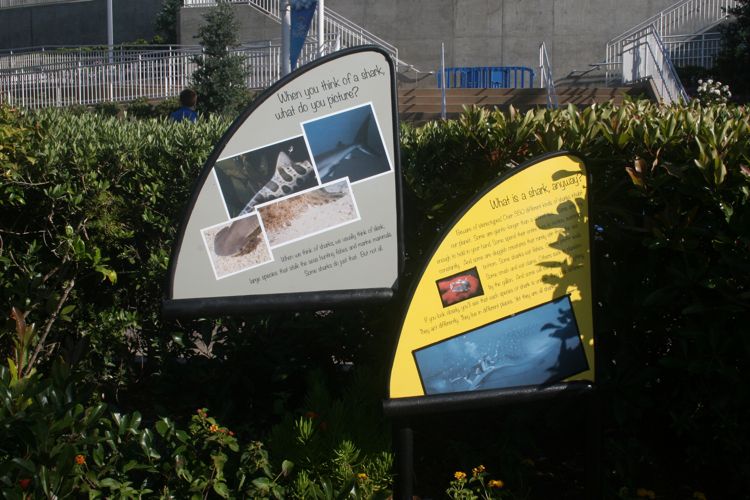
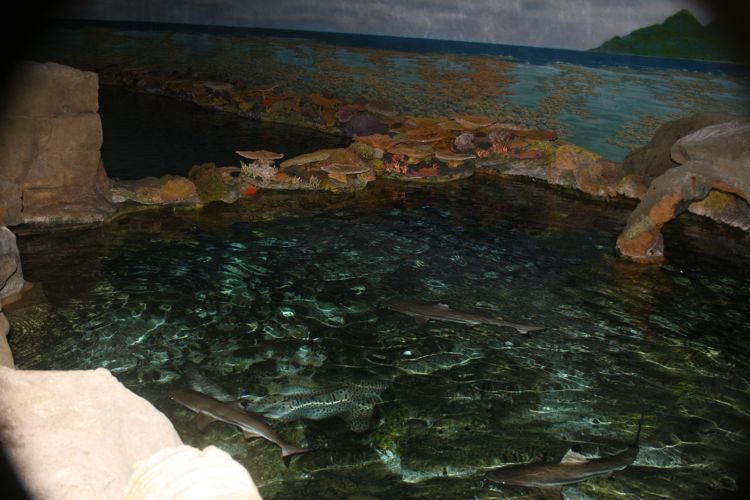



Birds
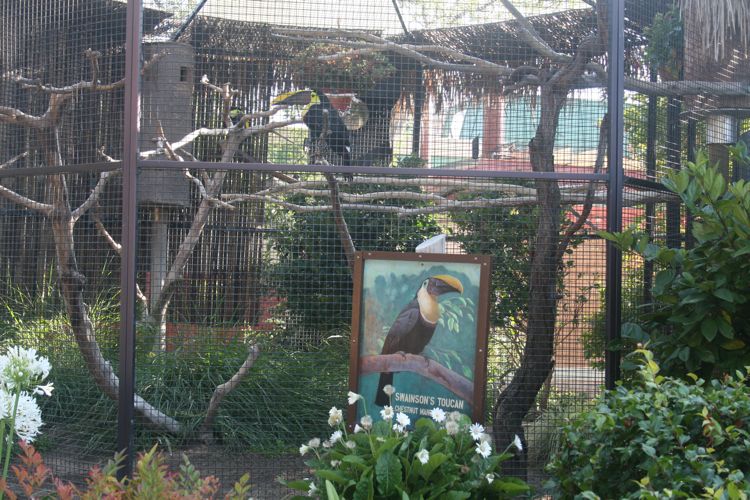

Penguins Were Amazing
Cool in California so the little guys came outside!
Did you know? - Penguins (order Sphenisciformes, family Spheniscidae) are a group of aquatic, flightless birds living almost exclusively in the southern hemisphere, especially in Antarctica. Highly adapted for life in the water, penguins have countershaded dark and white plumage, and their wings have become flippers. Most penguins feed on krill, fish, squid, and other forms of sealife caught while swimming underwater. They spend about half of their life on land and half in the oceans.
Although all penguin species are native to the southern hemisphere, they are not found only in cold climates, such as Antarctica. In fact, only a few species of penguin live so far south. Several species are found in the temperate zone, and one species, the Galápagos Penguin, lives near the equator.
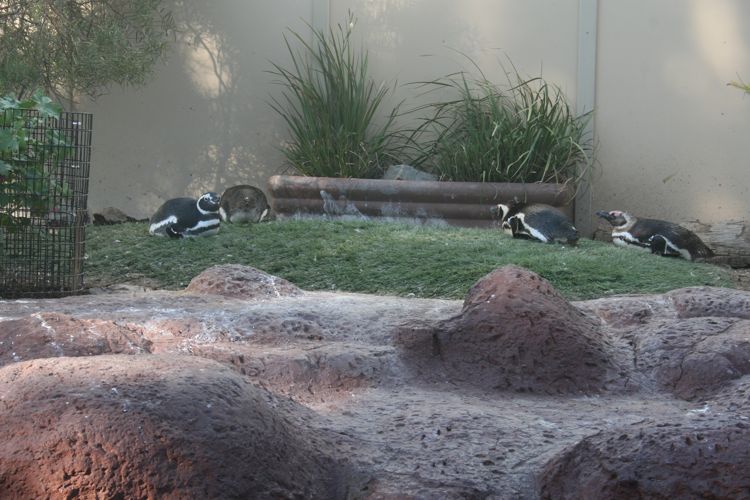
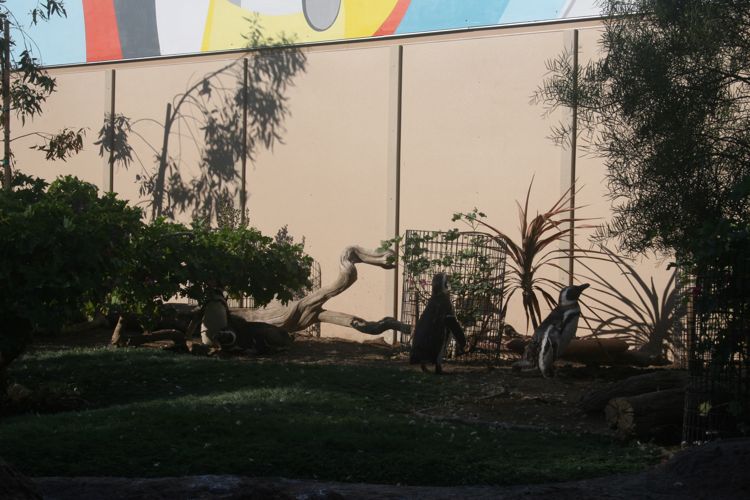

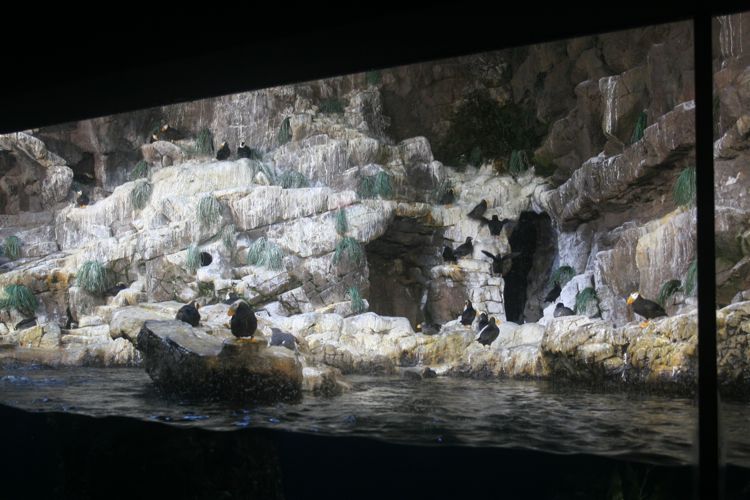
Puffin poop everywhere

Did you know? - Puffins are any of three small species of auk (or alcids) in the bird genus Fratercula with a brightly colored beak in the breeding season. These are pelagic seabirds that feed primarily by diving in the water. They breed in large colonies on coastal cliffs or offshore islands, nesting in crevices among rocks or in burrows in the soil. Two species, the Tufted Puffin and Horned Puffin, are found in the North Pacific Ocean, while the Atlantic Puffin, is found in the North Atlantic Ocean.
All puffin species have predominantly black or black and white plumage, a stocky build, and large beaks. They shed the colorful outer parts of their bills after the breeding season, leaving a smaller and duller beak. Their short wings are adapted for swimming with a flying technique under water. In the air, they beat their wings rapidly (up to 400 times per minute)[1] in swift flight, often flying low over the ocean's surface.
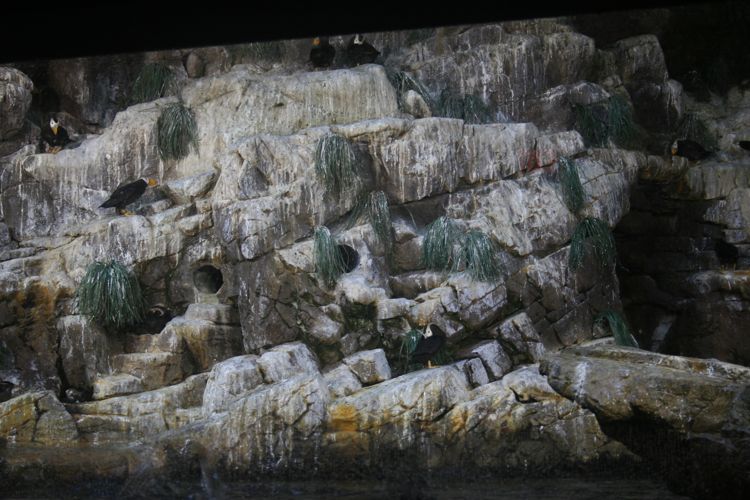
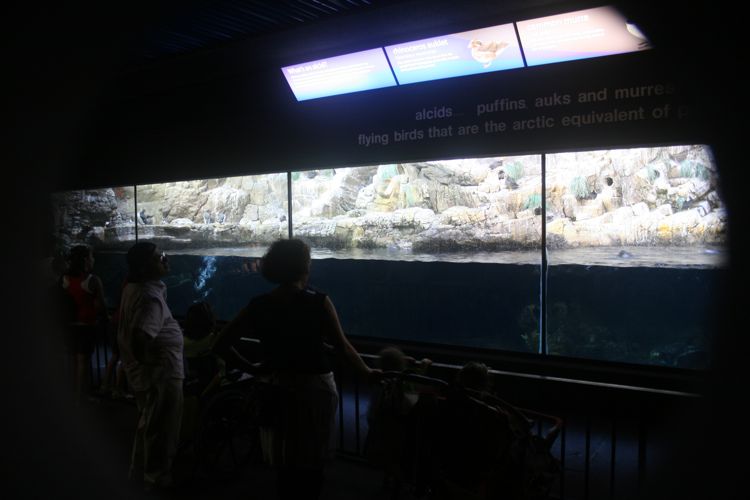


We reached the research station
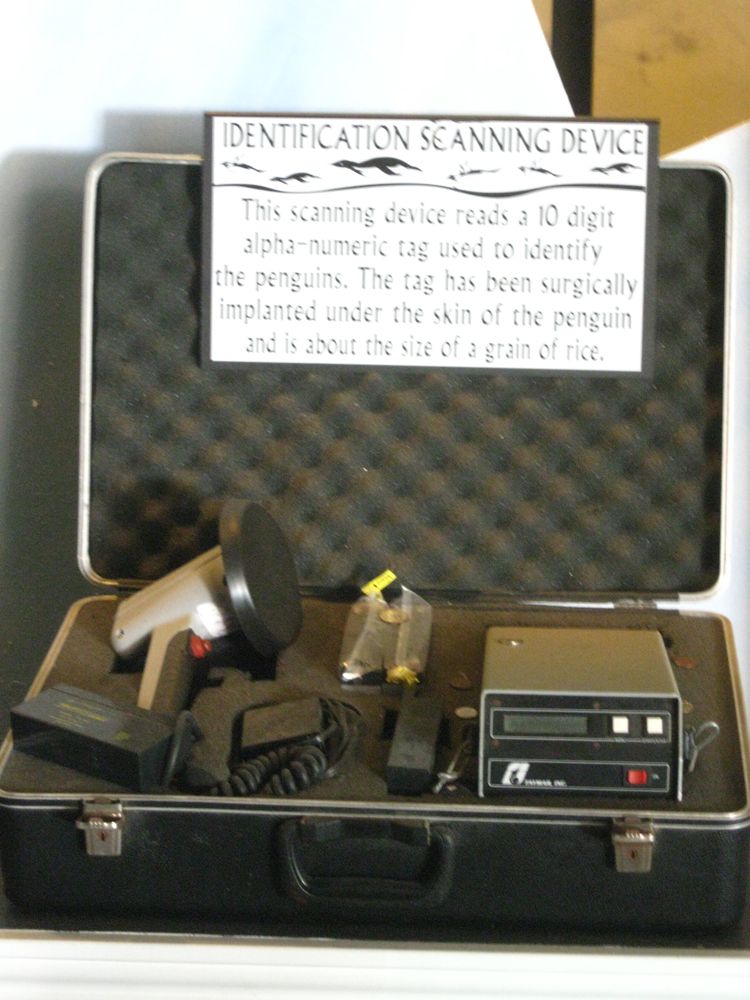

Amazing equipment
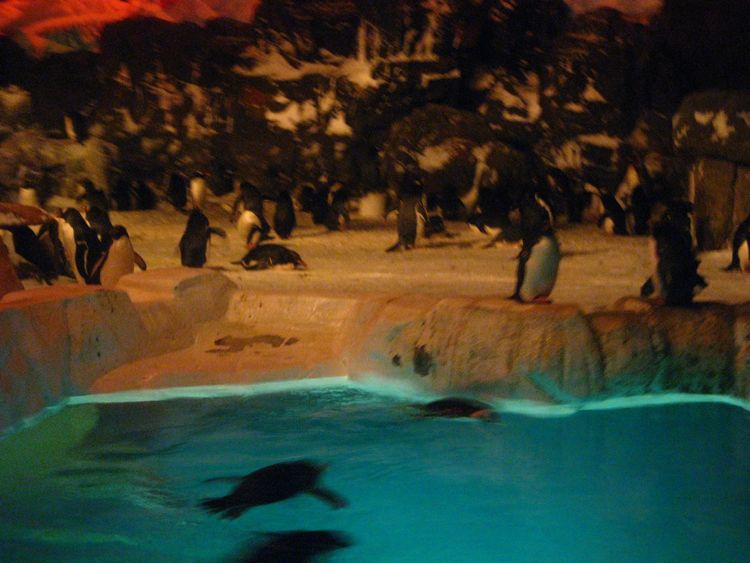

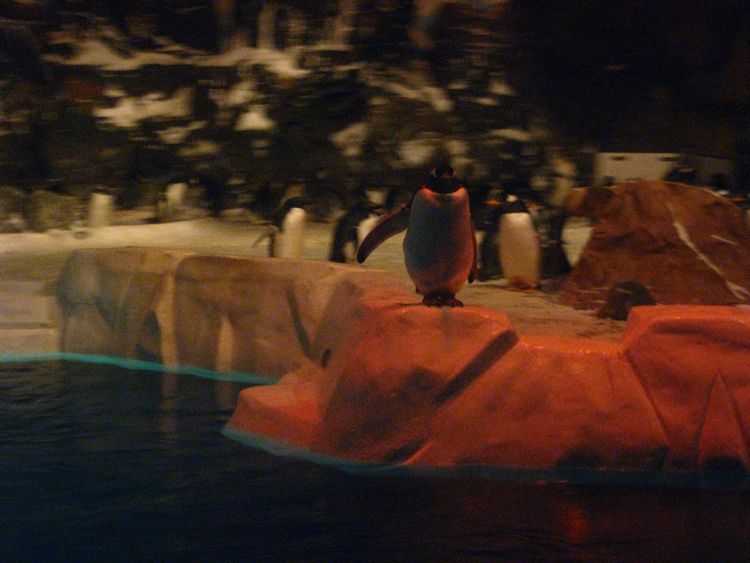
He was waving at us!
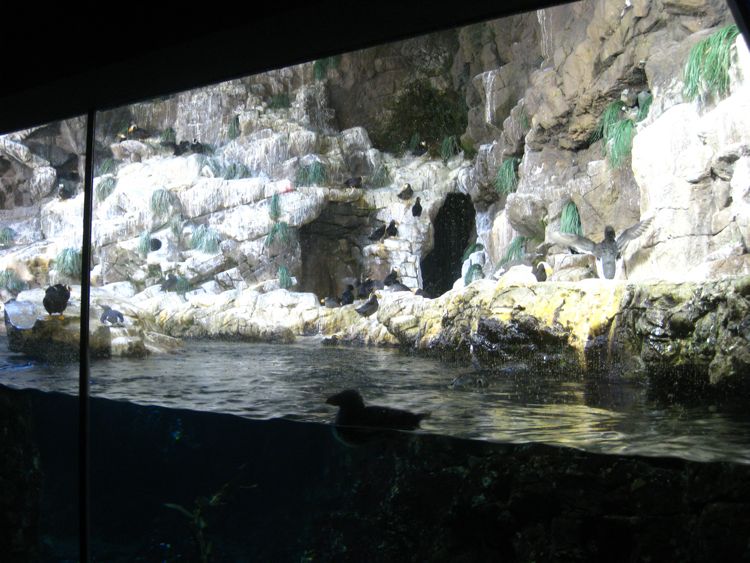
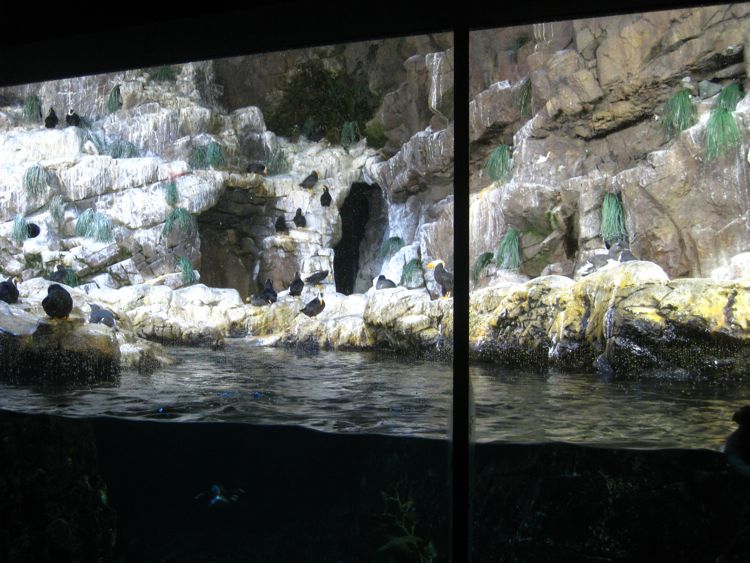
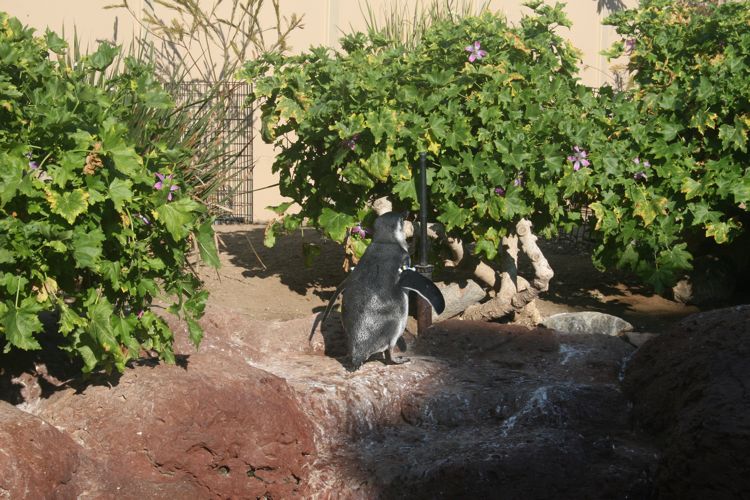
Ready For An Arctic Adventure

Ready for a moving base helicopter?

A 500 mph helicopter that goes underwater.... Whatever!
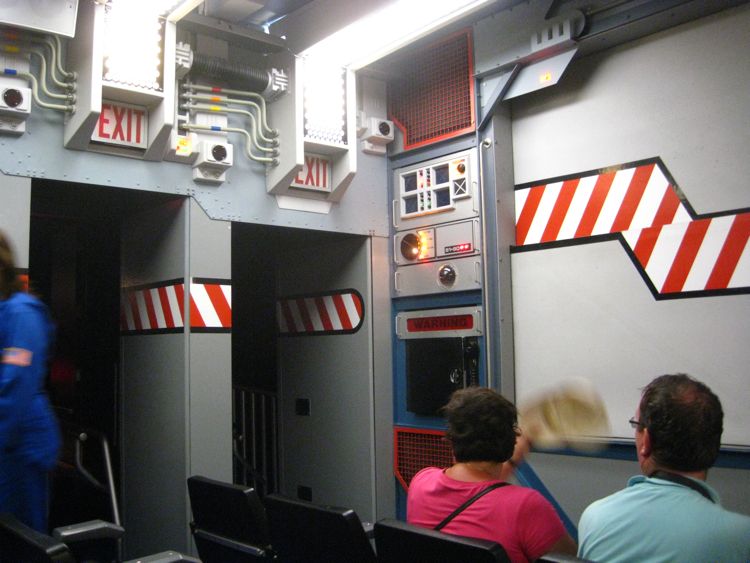
Looks kind of like Disneyland, huh?
Did you know? - Until recently, constructing simulator rides was an expensive, high tech business. The first simulators were built to train military pilots. Long before the days of virtual reality, the view through the cockpit came from remote video cameras which moved on gantries above physical model landscapes. These model landscapes were huge, often the size of aircraft hangars.
By the mid-nineties, computer virtual reality graphics replaced most physical models in simulators. Today's flight training simulators, like NASA’s, have virtual landscapes projected on multiple screens giving a 180 degree view. Much simpler simulators, running fixed video synchronized to the movement of the 'cabin', were introduced in funfairs in the same period. They seat about 12 people and require an operator.

Operated by a real pilot!
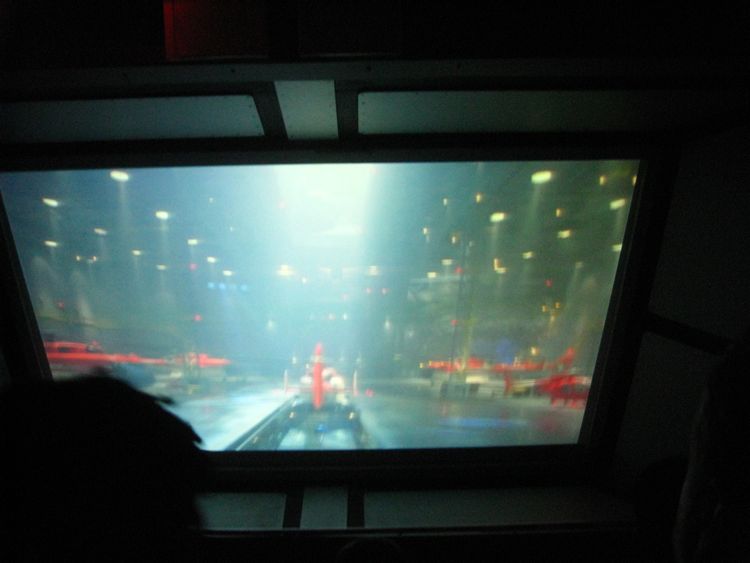
Takeoff!
Arrival At The Base
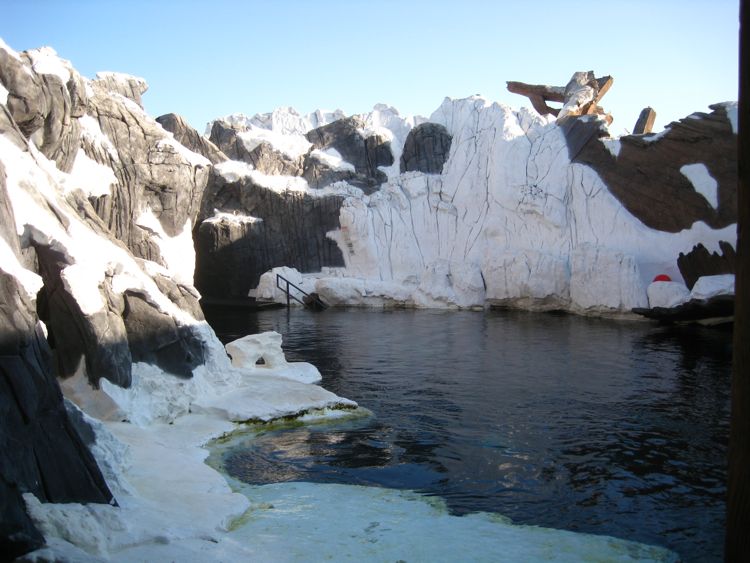
White whales
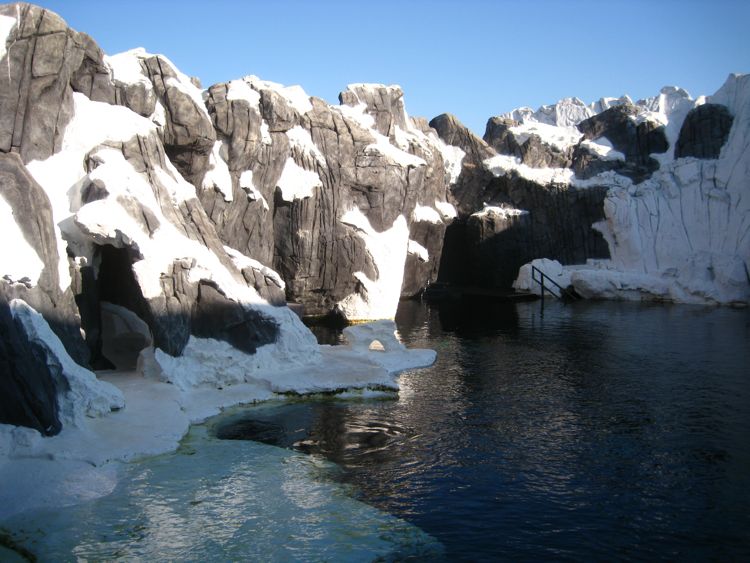
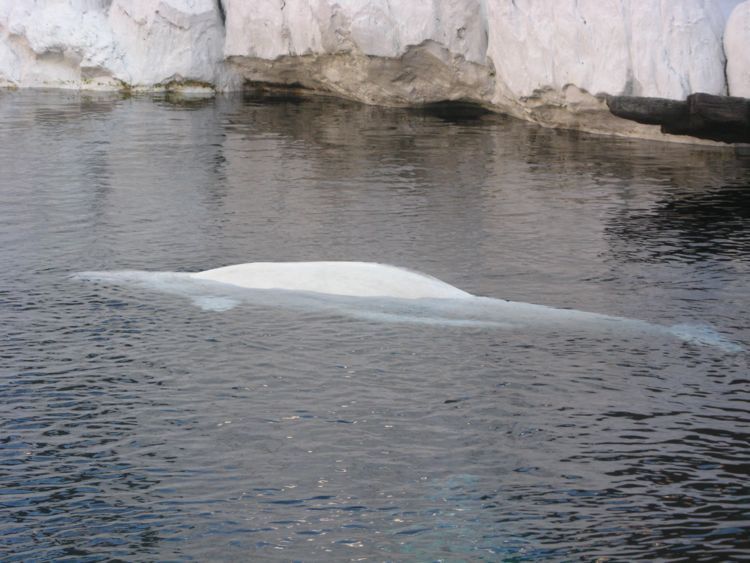
About 2,600 pounds
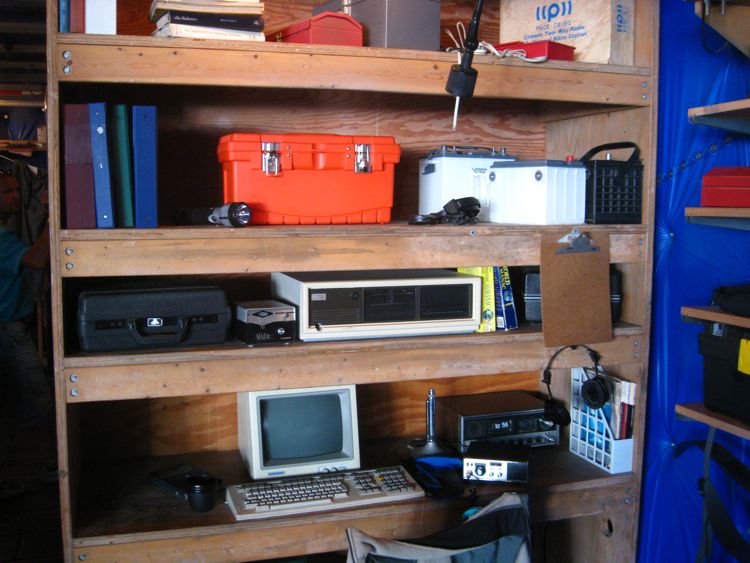
Inside the research station

Beware of these supplies
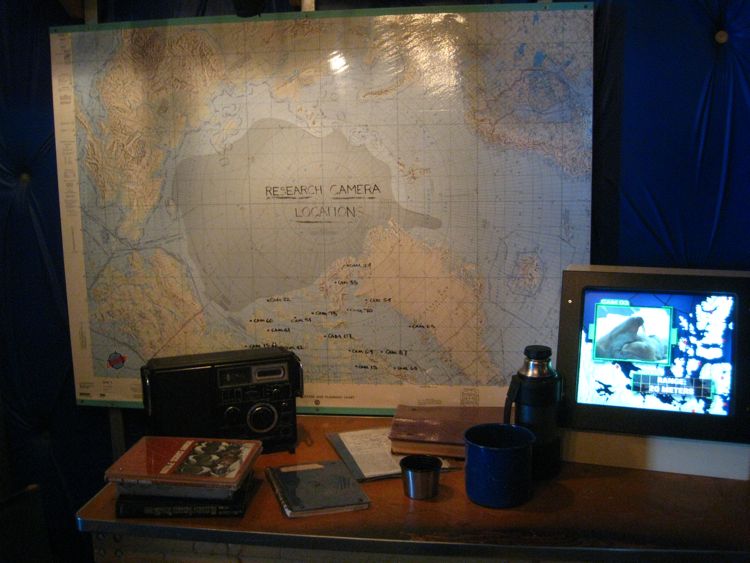

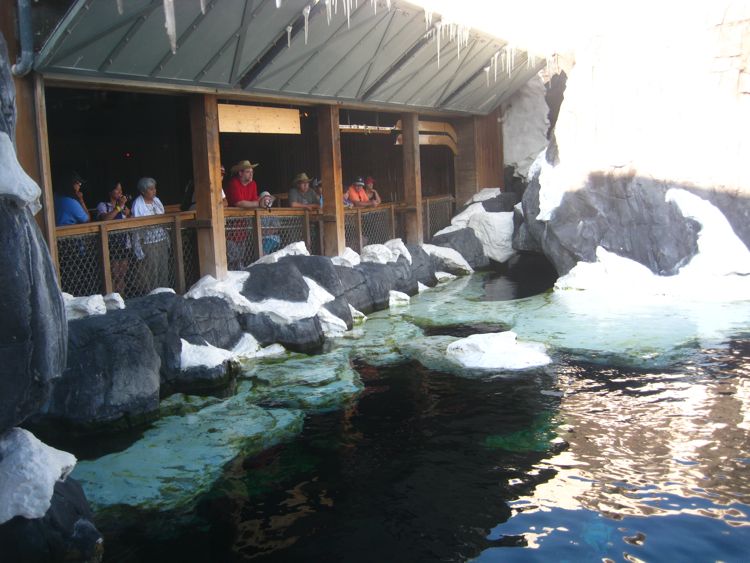

The remains of the HMS Erebus
Did you know? - HMS Erebus was a Hecla-class bomb vessel designed by Sir Henry Peake and constructed by the Royal Navy in Pembroke dockyard, Wales in 1826. The vessel was named after the dark region in Hades of Greek mythology called Erebus. The 372-ton ship was armed with two mortars - one 13 in (330 mm) and one 10 in (250 mm) - and 10 guns.
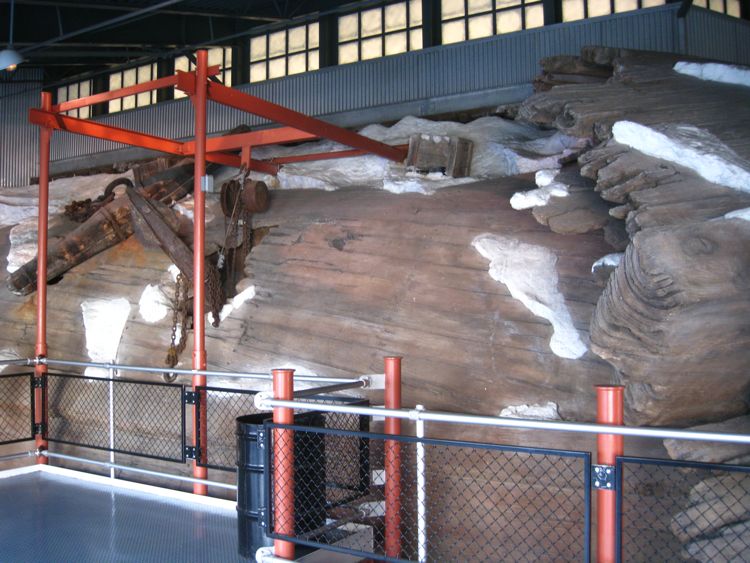
Did you know? - The ships were last seen entering Baffin Bay in August 1845. The disappearance of the Franklin expedition set off a massive search effort in the Arctic. The broad circumstances of the expedition's fate were first revealed when Hudson's Bay Company doctor John Rae collected artefacts and testimony from local Inuit in 1853. Later expeditions up to 1866 confirmed these reports.
Both ships had become icebound and had been abandoned by their crews, in total about 130 men, all of whom subsequently died from a number of causes, including hypothermia, scurvy, and starvation while trying to trek overland to the south. Subsequent expeditions up until the late 1980s, including autopsies of crew members, also revealed that their shoddily canned rations may have been tainted by both lead and botulism. Oral reports by local Inuit that some of the crew members resorted to cannibalism were at least somewhat supported by forensic evidence of cut marks on the skeletal remains of crew members found on King William Island during the late 20th century.
The remains of the ships have yet to be found, but are listed by Parks Canada as a national historic site.[

Did you know? - After two years service in the Mediterranean Sea, Erebus was refitted as an exploration vessel for Antarctic service, and on 21 November 1840 — captained by James Clark Ross — she departed from Tasmania for Antarctica in company with Terror. In January 1841, the crew of both ships landed on Victoria Land, and proceeded to name areas of the landscape after British politicians, scientists, and acquaintances. Mount Erebus, on Ross Island, was named for the ship itself.
They then discovered the Ross Ice Shelf, which they were unable to penetrate, and followed it eastward until the lateness of the season compelled them to return to Tasmania. The following season, 1842, Ross continued to survey the "Great Ice Barrier", as it was called, continuing to follow it eastward. The two ships returned to the Falkland Islands before returning to the Antarctic in the 1842-1843 season. The ships conducted studies in magnetism, and returned with oceanographic data and collections of botanical and ornithological specimens.
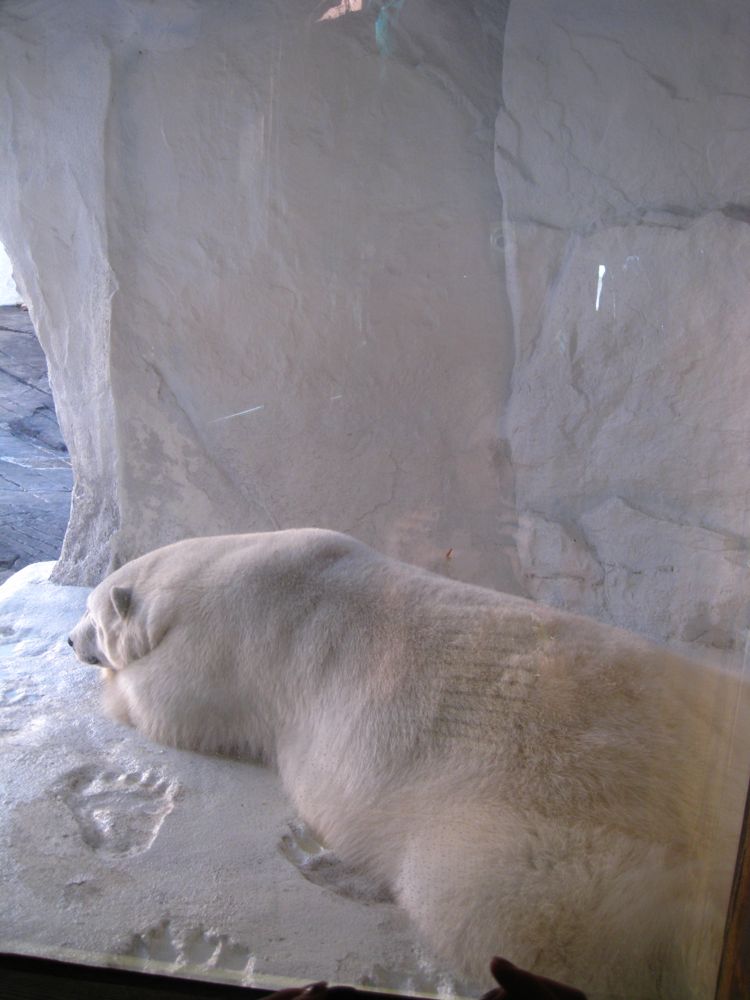
Yes, it is alive!
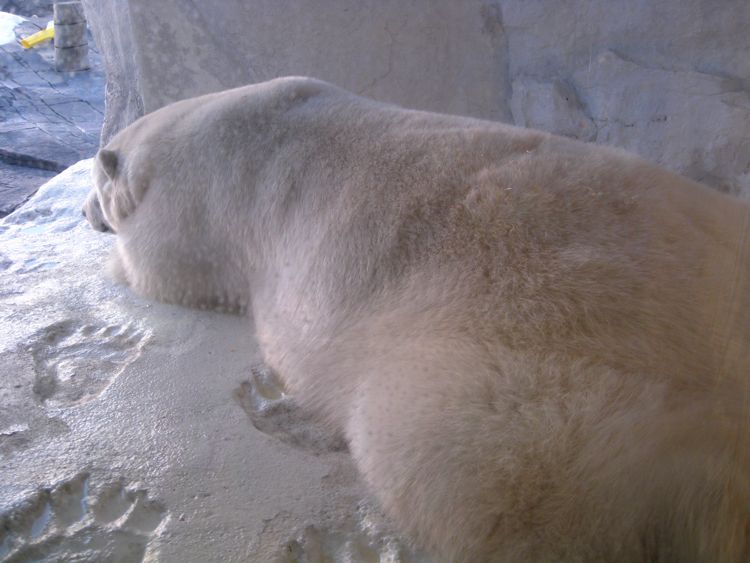
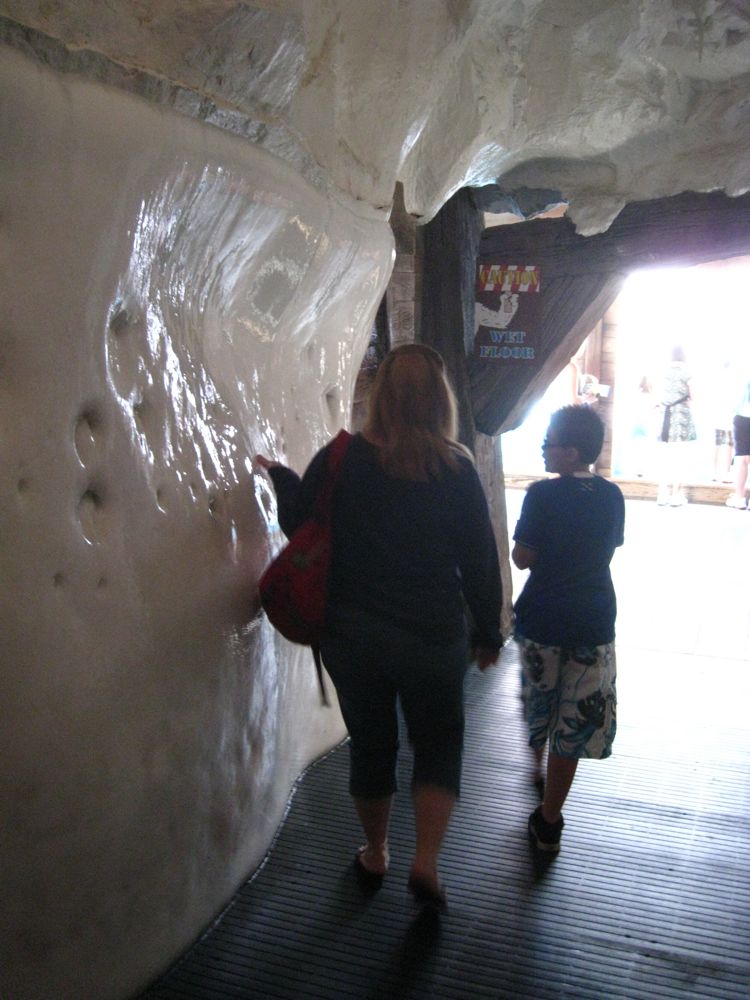
The walls are all cold and ice-like
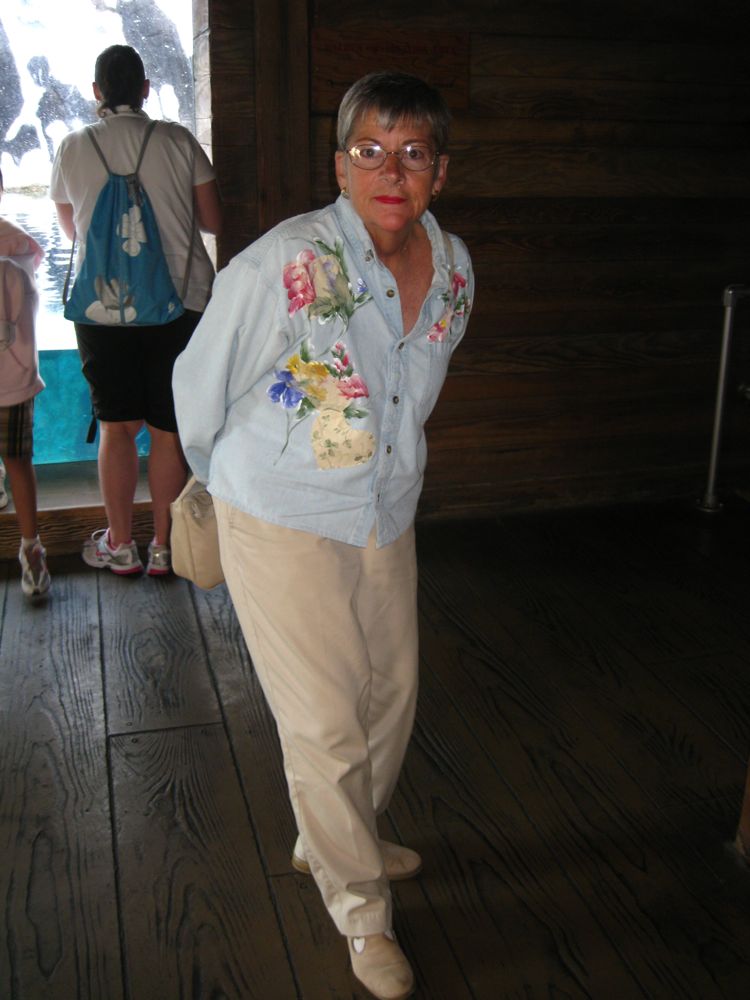


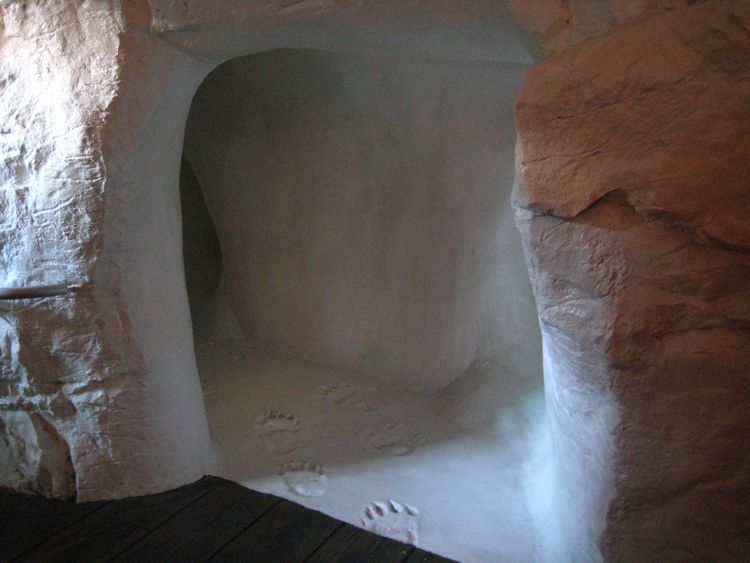
Do NOT go in there
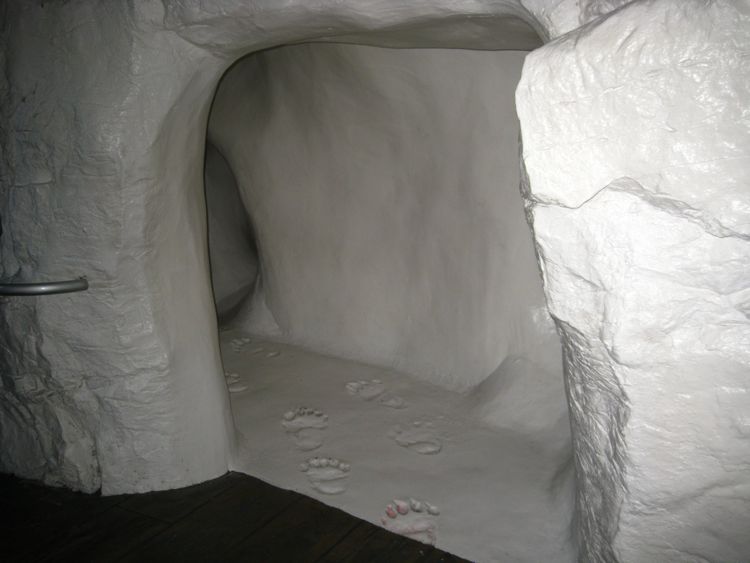

Oh oh!
Did you know? - Clive Cussler's 2008 novel Arctic Drift uses the Erebus and Terror as part of the plot as well as the establishing backstory.
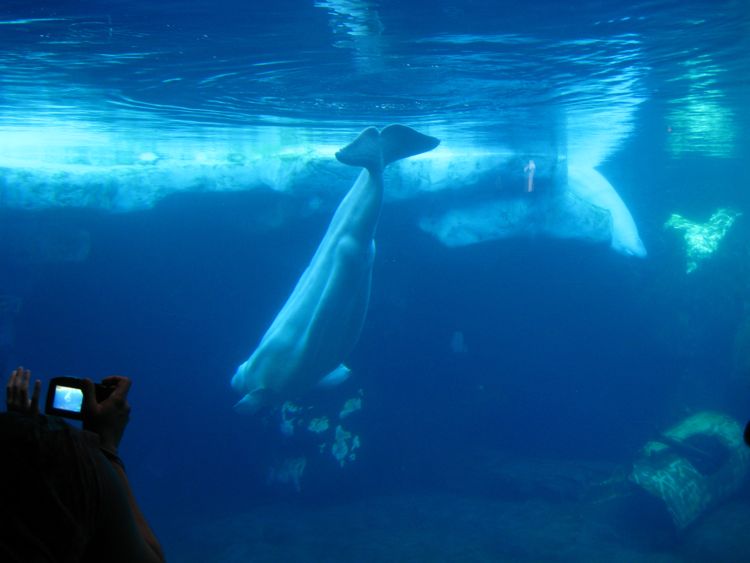
The whales from below!
Did you know? - The beluga inhabits a discontinuous circumpolar distribution in Arctic and sub-Arctic waters ranging from 50° N to 80° N, particularly along the coasts of Alaska, Canada, Greenland, and Russia. The southernmost extent of their range includes isolated populations in the St. Lawrence River estuary and the Saguenay fjord, around the village of Tadoussac, Quebec, in the Atlantic and the Amur River delta, the Shantar Islands and the waters surrounding Sakhalin Island in the Sea of Okhotsk.
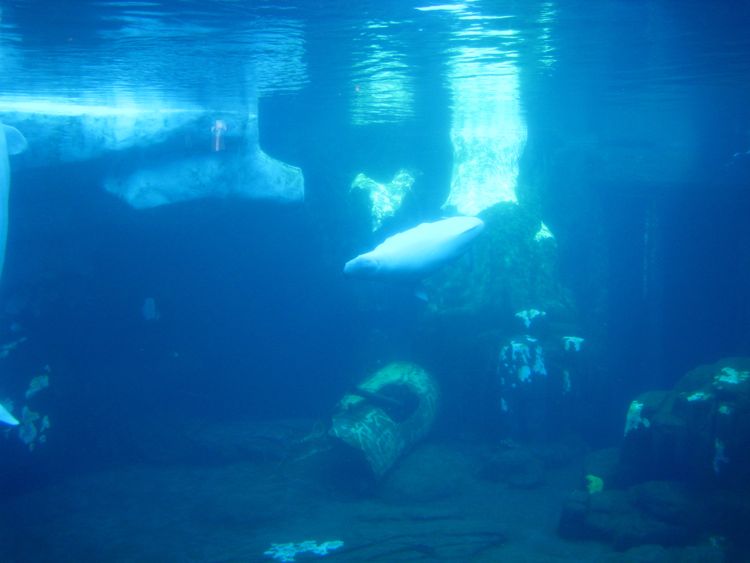


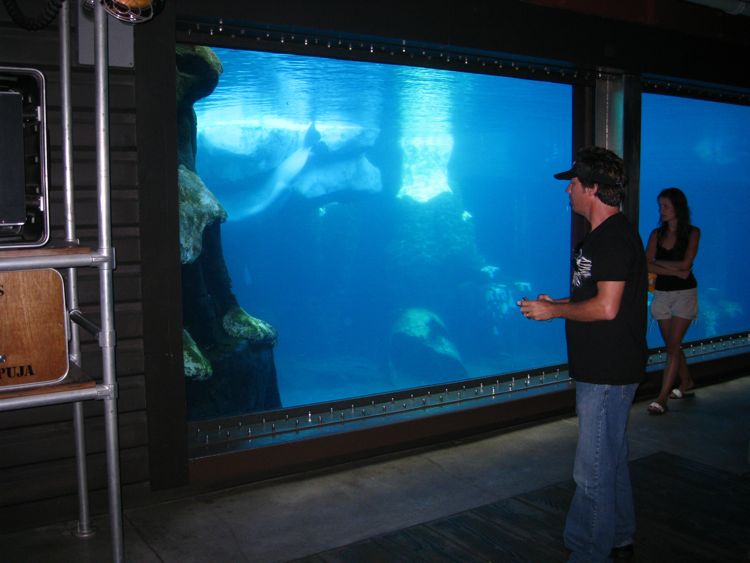
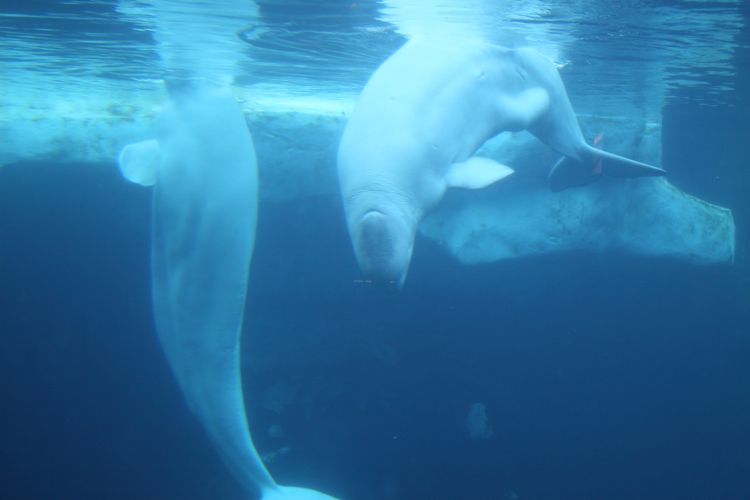
It's cold water!
Did you know? - Belugas are highly sociable. Groups of males may number in the hundreds, while mothers with calves generally mix in slightly smaller groups. When pods aggregate in estuaries, they may number in the thousands. This can represent a significant proportion of the entire population and is when they are most vulnerable to hunting.
Pods tend to be unstable, meaning that they tend to move from pod to pod. Radio tracking has shown that belugas can start out in a pod and within a few days be hundreds of miles away from that pod. Mothers and calves form the beluga's closest social relationship. Nursing times of two years have been observed and lactational anestrus may not occur. Calves often return to the same estuary as their mother in the summer, meeting her sometimes even after becoming fully mature.
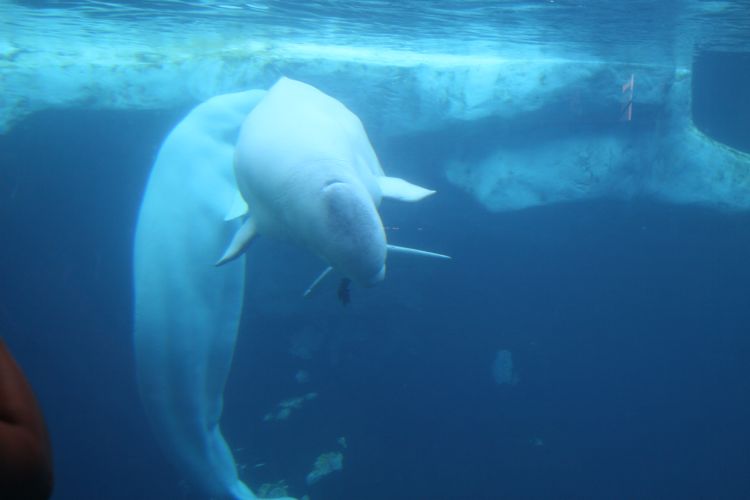

Hello there

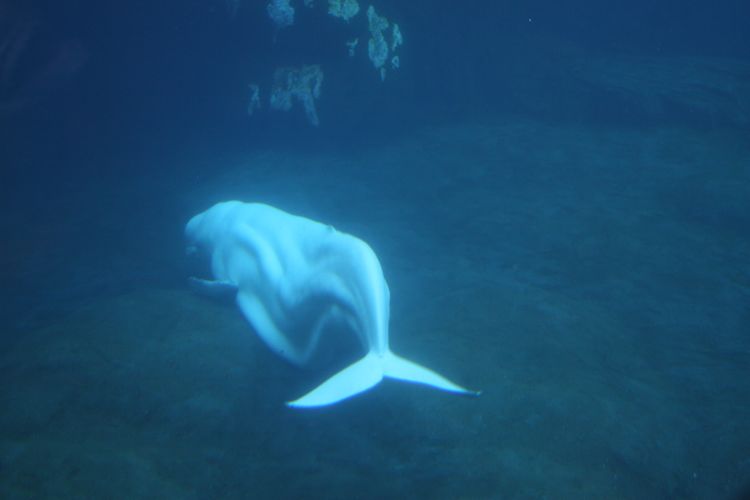
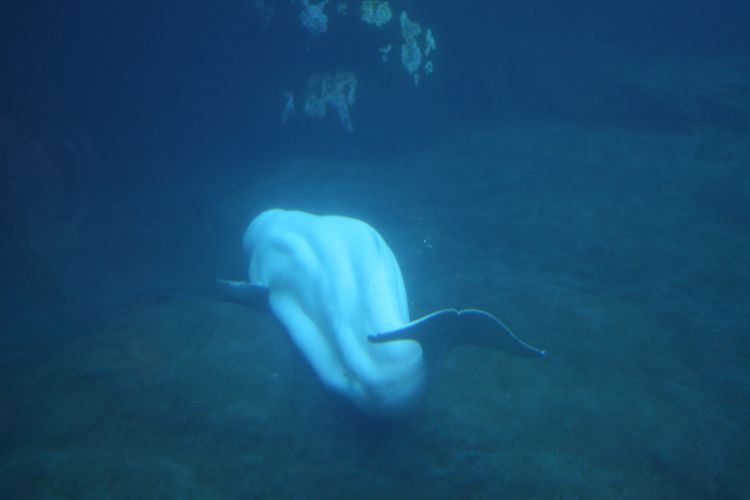
Let's Go See The Pets!
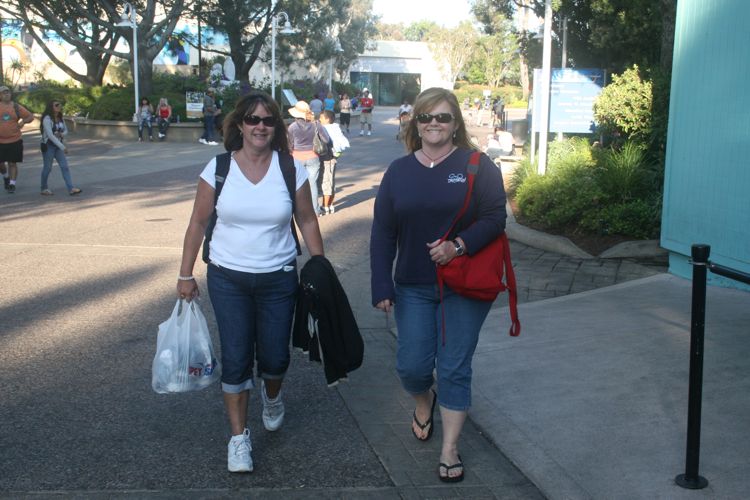
Anna and Ro


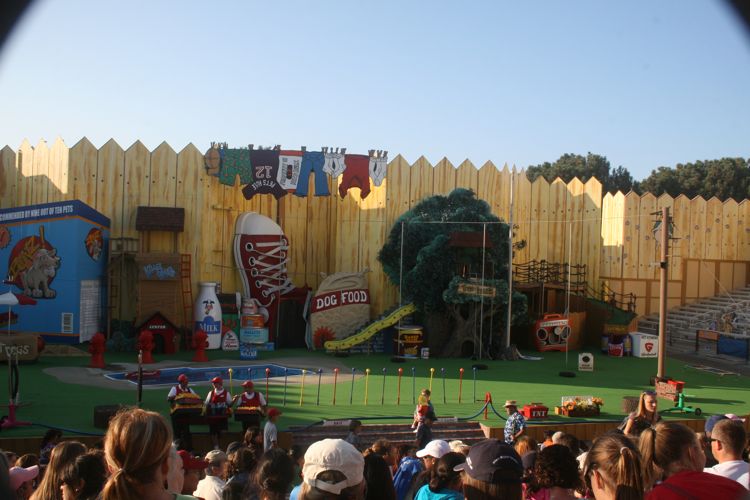

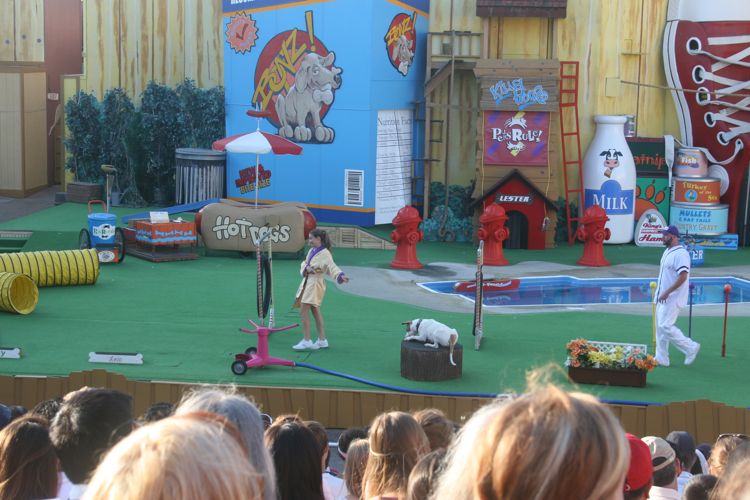

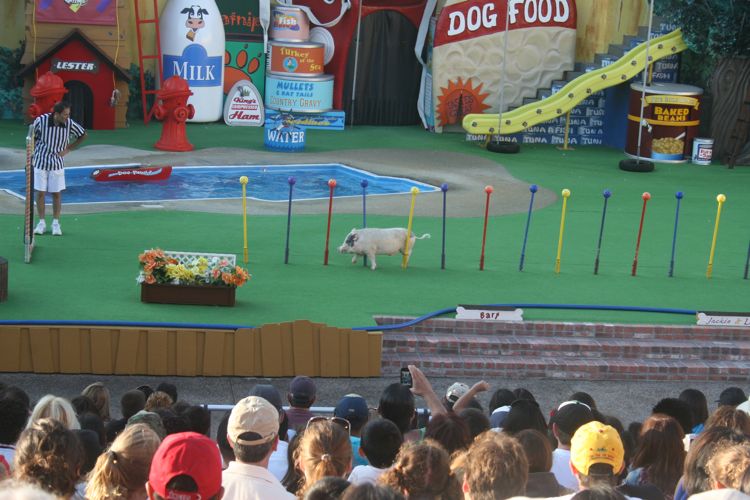
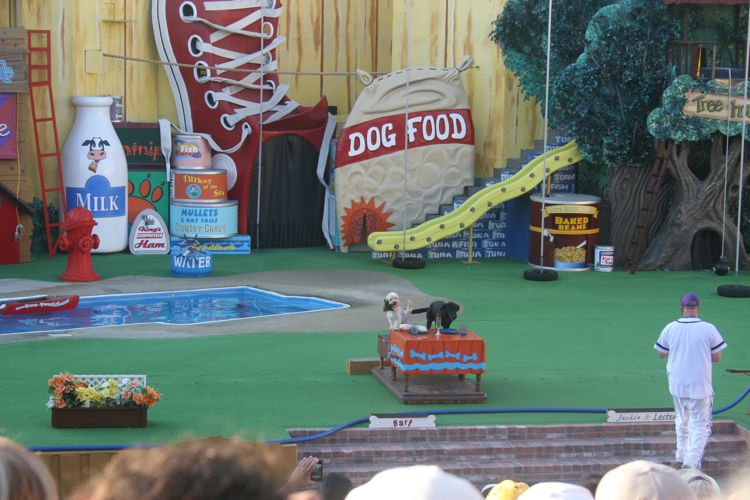

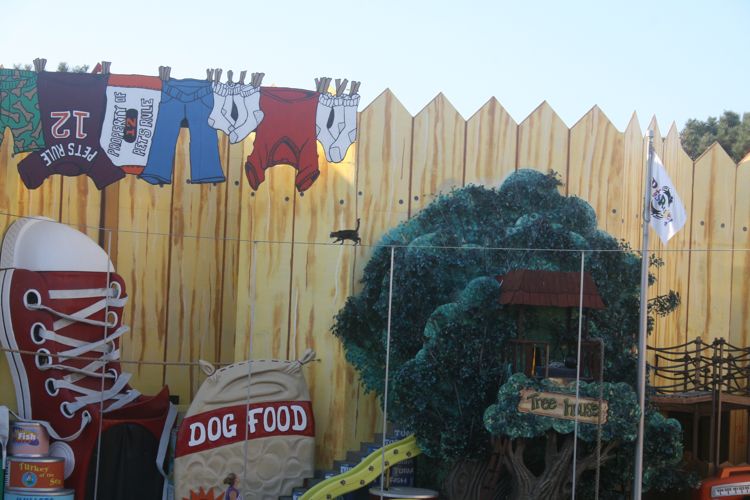

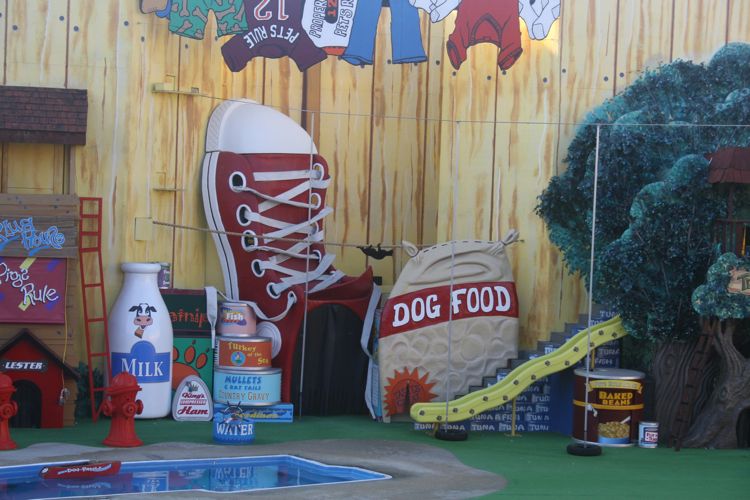

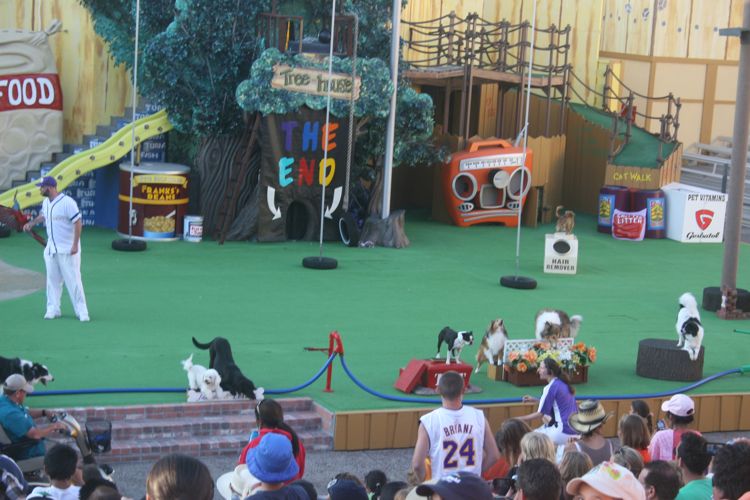
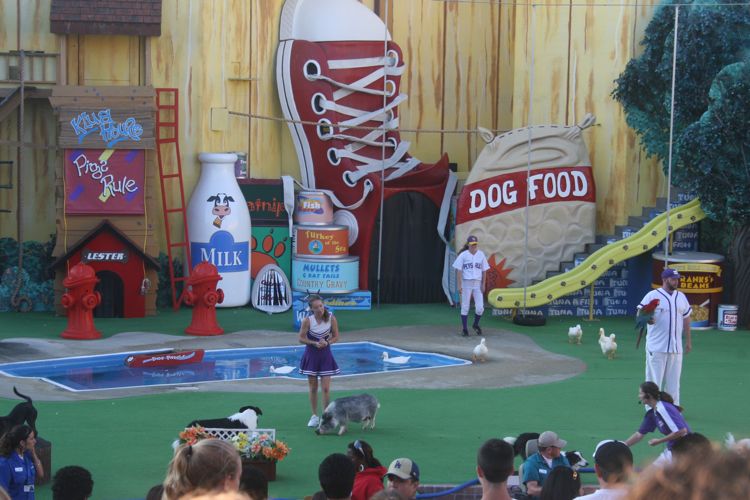
Porky says goodbye